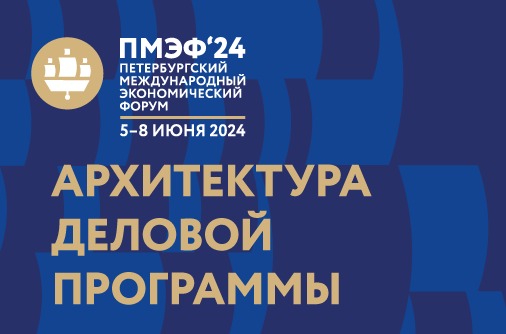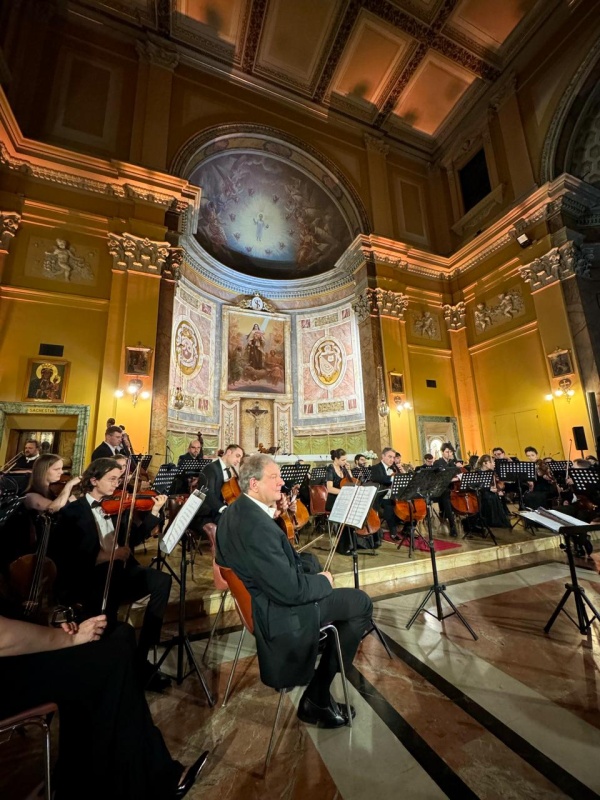
Chelyabinsk Region to present five ways to invest in high-speed rail at SPIEF 2016
The government of the Chelyabinsk Region will present a number of legal models for investing in the Chelyabinsk–Yekaterinburg high-speed railway at the St. Petersburg International Economic Forum, Chelyabinsk Region Governor Boris Dubrovsky told TASS.
“We are developing several legal models to discuss with experts at SPIEF 2016. We will be offering packages involving various formats for businesses to participate in the high-speed rail project,” the Governor said.
Governor Dubrovsky said that more than five such models would be presented at the Forum and only one would remain following discussions with experts. “We want to create several model prototypes but proceed with detailed development of only one after discussions at the Forum. That is because such projects very often generate just a single model and, if it fails, a new one needs to be created, requiring tens of millions of roubles in spending every time,” the Governor explained.
Building high-speed rail in the Urals
The high-speed rail link would reduce the travel time between Yekaterinburg and Chelyabinsk to one hour, allowing a single Urals metropolitan area to be formed, with a combined population of more than three million also including the towns of Ozyorsk, Snezhinsk, Kasli, Kyshtym, Kopeisk and Sysert. On the basis of forecast 2016–2019 prices, the project is valued at around RUB 165 billion, including potential spending on construction of a railway wagon depot. The cost estimate will be narrowed down once a preliminary feasibility study is completed.
First Vice President of Russian Railways Alexander Misharin said at last year’s Innoprom international exhibition in Yekaterinburg that the proposed Chelyabinsk–Yekaterinburg high-speed link would become part of the Moscow–Beijing high-speed railway. He added that cutting the travel time between Yekaterinburg and Chelyabinsk by one hour would help create the new metropolitan area within ten years, resulting in an economic effect worth RUB 500 billion or more by 2030.
Source: tass.ru








